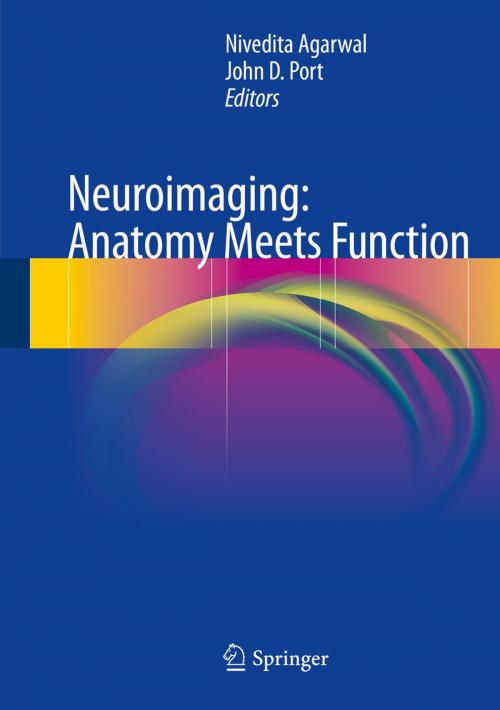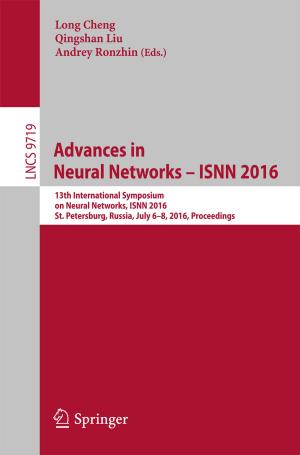Neuroimaging: Anatomy Meets Function
Nonfiction, Health & Well Being, Medical, Specialties, Internal Medicine, Neuroscience, Neurology| Author: | ISBN: | 9783319574271 | |
| Publisher: | Springer International Publishing | Publication: | September 12, 2017 |
| Imprint: | Springer | Language: | English |
| Author: | |
| ISBN: | 9783319574271 |
| Publisher: | Springer International Publishing |
| Publication: | September 12, 2017 |
| Imprint: | Springer |
| Language: | English |
This book combines classic MR anatomy with current understanding of human brain function. Recent advances in neuroscience have highlighted the importance of correlating brain anatomy with underlying brain function, since the brain contains a highly sophisticated organization of anatomical and functional relationships that are not readily “visible” with standard imaging. The use of magnetic resonance imaging is rapidly increasing in the field of neuroscience, and remains at the forefront for offering insights into the normal and pathologic structure and function of the human brain.
The relatively recent concepts of structural and functional connectivity make it even more important to visualize the brain as a whole rather than looking at its individual parts. This holistic approach is vital in understanding concepts such as neuroplasticity that are currently incorporated into physical and cognitive rehabilitation programs for patients with stroke or neurodegenerative diseases. Ultimately this combined approach may reduce both overdiagnosis and misdiagnosis when integrated into routine clinical routine. This book will be of interest to neuroradiologists, general radiologists and neurologists alike, as well as medical students, residents and fellows.
This book combines classic MR anatomy with current understanding of human brain function. Recent advances in neuroscience have highlighted the importance of correlating brain anatomy with underlying brain function, since the brain contains a highly sophisticated organization of anatomical and functional relationships that are not readily “visible” with standard imaging. The use of magnetic resonance imaging is rapidly increasing in the field of neuroscience, and remains at the forefront for offering insights into the normal and pathologic structure and function of the human brain.
The relatively recent concepts of structural and functional connectivity make it even more important to visualize the brain as a whole rather than looking at its individual parts. This holistic approach is vital in understanding concepts such as neuroplasticity that are currently incorporated into physical and cognitive rehabilitation programs for patients with stroke or neurodegenerative diseases. Ultimately this combined approach may reduce both overdiagnosis and misdiagnosis when integrated into routine clinical routine. This book will be of interest to neuroradiologists, general radiologists and neurologists alike, as well as medical students, residents and fellows.















